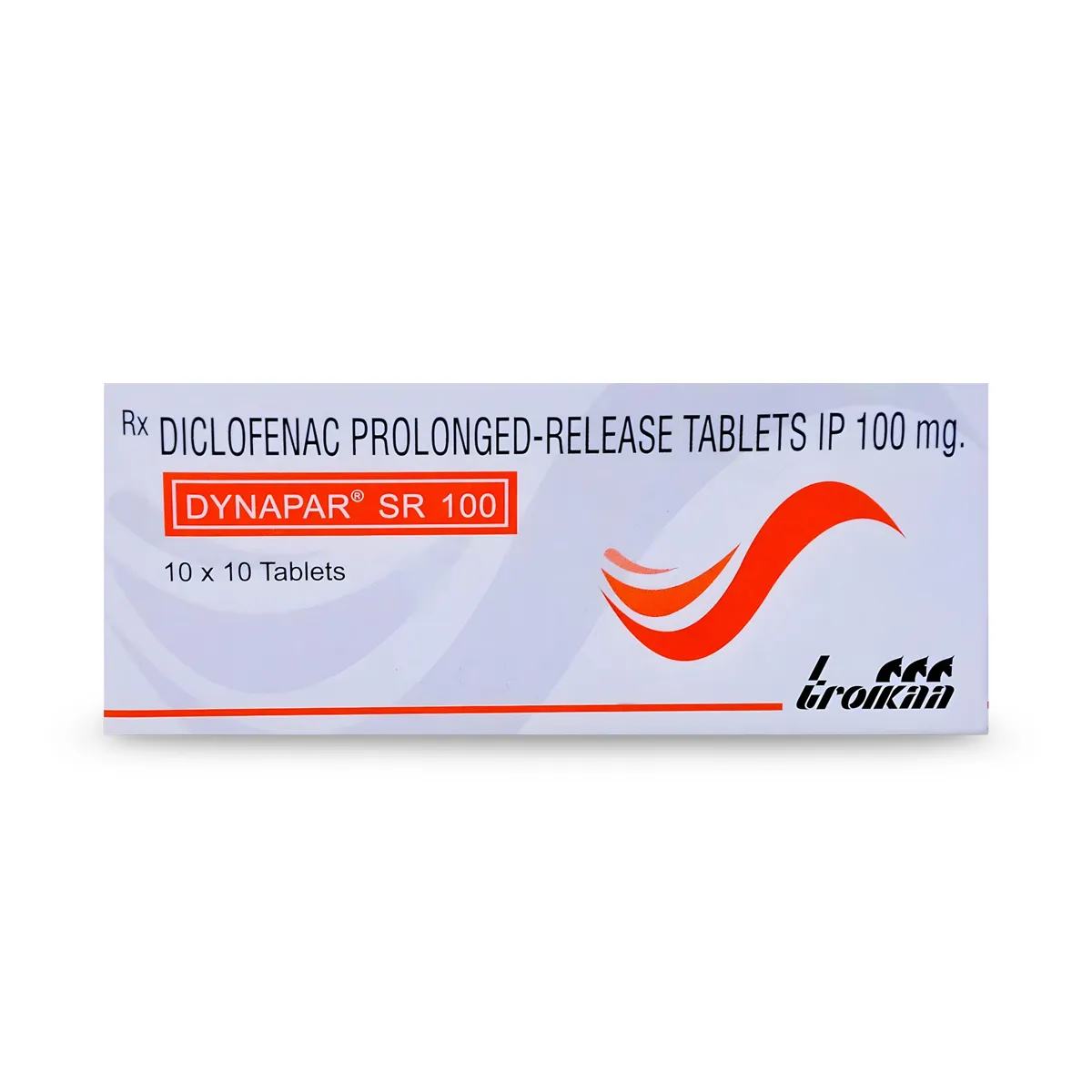A headache is more than just an inconvenience; it’s one of the most universal health experiences that can turn a productive day into a struggle. You may experience anything from a mild, nagging ache to intense, throbbing pain that makes it difficult to focus.
Most episodes stem from everyday factors like stress, dehydration, or lack of sleep and can go away with simple remedies. But not all headaches are the same. Recognizing the type and underlying cause is the first step to managing them effectively, this creates a smoother bridge to the next section.
Learning to identify what’s causing your discomfort and how to address head pain effectively can make all the difference. Continue reading to learn effective prevention tips, treatment options, and more.
What is a headache?
A headache or head pain refers to pain or discomfort in any region of the head, such as the forehead, temples, back of the head, or around or behind the eyes. The intensity of this pain can range from mild to severe and may last minutes to days.
Head pain occurs when pain-sensitive structures in the head and neck, including blood vessels, nerves, and muscles, become activated by various triggers. In some cases, the pain may also extend to areas around or behind the eyes, leading to eye pain or pressure.
Common symptoms include a steady ache, throbbing, pressure, or sharp pain, sometimes accompanied by nausea, light sensitivity, or difficulty concentrating. While most types of head pain are harmless, some show warning symptoms that require medical evaluation.
Put your HTML text hereSave up to 90% on your medicine bills

Brufen 400 mg

Suminat 25 Mg

Naprosyn 500 mg

Dynapar SR 100
Types of headaches
A pain in the head can appear in many different forms, each with its own set of characteristics and symptoms. The most common types include the following:
- Tension: It is characterized by a steady, pressing sensation around the head, often described like a band tightening across the forehead or temples. Usually triggered by stress, poor posture, or dehydration.
- Migraine: It is an intense, throbbing pain often on one side, sometimes with nausea or sensitivity to light and sound.
- Cluster: It is a sharp, stabbing pain behind or around one eye. Occurs in episodes or “clusters.”
- Sinus headache: It results from sinus inflammation; it causes pain behind the eyes and in the face.
- Cervicogenic headache: It starts in the neck and radiates to the back or front of the head.
- Dehydration headache: It is caused by insufficient fluid intake, often presenting as a dull ache.
- Hypertension headache: It is linked to severely High Blood Pressure, usually only in emergencies.
Other types include medication-overuse, pregnancy-related, and tension head pains with specific locations like behind the eyes, the back of the head, or behind the left eye.
What causes headaches?
Head pain can be triggered by a wide range of factors, varying from simple everyday causes to underlying medical conditions. Identifying possible triggers is important for prevention and treatment. Common causes include:
- Mental or physical stress
- Lack of sleep or irregular sleeping patterns
- Dehydration from not drinking enough water
- Skipping meals or eating certain trigger foods (like processed meats or chocolate)
- Excessive screen time or poor posture, which strains neck and back muscles
- Sinus infections or colds
- Sudden caffeine withdrawal
- Hormonal changes (e.g., during pregnancy or menstrual cycles)
- High Blood Pressure (but only rarely, unless it is very severe)
Most are harmless and linked to lifestyle or environmental factors.
How are headaches diagnosed?
Diagnosing the cause of head pain involves a step-by-step examination by healthcare professionals to differentiate common from more serious conditions:
- Review the patient’s detailed medical and head pain history, including symptom patterns and possible triggers.
- A physical or neurological examination will be conducted to assess vision, coordination, reflexes, and other neurological functions.
- Order diagnostic tests, such as blood, urine, and fluid tests, to check for underlying causes.
- Order imaging tests (Computed Tomography (CT) scans or Magnetic Resonance Imaging (MRI)) if there are warning signs or new, severe symptoms have appeared.
- Perform additional tests, like an Electroencephalogram (EEG) or lumbar puncture (spinal tap to collect spinal fluid), if infections, inflammation, or neurological disorders are suspected.
Note: Keeping a diary recording pain times, severity, triggers, and medications can help identify patterns for better care.
How to prevent headaches?
There are various effective lifestyle changes you can make to lower the frequency and severity of head pain:
- Get regular, high-quality sleep and maintain a consistent sleep schedule.
- Stay well-hydrated by drinking enough water throughout the day.
- Manage stress with relaxation techniques or activities such as yoga and meditation.
- Take regular breaks from screens and practice good posture.
- Avoid known triggers, such as certain foods, alcohol, or strong odors.
- Address underlying health conditions, especially blood pressure and sinus issues.
How are headaches treated?
Head pain management involves both medical treatments and home remedies, depending on the underlying cause and intensity of the pain.
Medical treatments
Head pain treatment depends on the cause and severity. Doctors may recommend:
- Over-the-counter pain relievers like Acetaminophen or Ibuprofen are used for mild to moderate pain.
- Prescription medications for chronic or severe head pain, including triptans, preventive medications, or muscle relaxants.
- Applying warmth or coolness to the affected area to relax muscles and relieve discomfort.
- Resting in a quiet, dark room to minimize sensory triggers.
- Steam inhalation or saline sprays for sinus-related head pain relief.
Avoid taking pain medications more than twice weekly to prevent medication-overuse headaches.
Home remedies
In addition to medical treatments, simple home-based remedies can help ease discomfort naturally:
- Stay hydrated with water or electrolyte-rich drinks to restore fluid balance.
- Use essential oils such as peppermint or lavender to help calm tension.
- Try herbal supplements or teas like butterbur, feverfew, chamomile, or ginger for natural relief.
- Massage facial or neck pressure points gently to reduce muscle tightness and promote relaxation.
When to see a doctor
Seek medical attention right away if you have:
- A sudden, severe (thunderclap) head pain.
- Head pains with confusion, vision changes, fainting, numbness, or speech trouble.
- High fever, stiff neck, or vomiting.
- Head pain after a head injury, or one that keeps getting worse.
- Headaches that disrupt daily life or do not improve with over-the-counter treatment.
Conclusion
Headaches are a widespread health issue with several common types, including tension, migraines, and cluster. Identifying the cause and type of head pain is key to effective relief and prevention.
Lifestyle changes, such as proper hydration, adequate sleep, and proper stress management, can help reduce the frequency of head pains. Natural remedies (herbal tea or supplements) and over-the-counter medications work well for most mild to moderate head pains.
However, some types of head pain may signal more severe conditions that require medical evaluation. Knowing when to see a doctor ensures timely diagnosis and treatment. If headaches are severe, sudden, or accompanied by other signs or symptoms, consulting a healthcare professional is essential for proper care and peace of mind.
Frequently Asked Questions
Can headaches cause sleep problems?
Yes, head pains, particularly migraines and tension types, can significantly affect sleep quality. The discomfort may make it hard to fall or stay asleep. Poor sleep then worsens these pains, creating a cycle best managed with good sleep habits and treatment.
Is it normal for children to get headaches?
Yes, kids can suffer from head discomfort, including migraines and tension headaches. Their symptoms may vary and include stomach pain, irritability, or dizziness. Frequent complaints should prompt a medical evaluation for accurate diagnosis and management.
Will exercising help with headaches?
Yes, consistent moderate exercise helps reduce the frequency and severity of headaches by releasing endorphins, lowering stress, and boosting blood flow. However, vigorous workouts may sometimes trigger headaches in sensitive individuals.
Can headaches be linked to mental health?
Yes, stress, anxiety, and Depression increase both the risk and intensity of cranial pain, especially tension-type and migraines. Mental health care through therapy, relaxation, and mindfulness is vital for head pain prevention.
Does caffeine always cause headaches?
No, caffeine’s effect varies. Moderate intake can help relieve head discomfort and enhance the effectiveness of pain medication. Excessive use or sudden withdrawal, though, can cause head pain. Consistency and moderation help avoid caffeine-triggered episodes.
Cheap Medicine Shop only refers to credible, authoritative sources for our content. If you’re curious about how we ensure the integrity of our content, we encourage you to read our Content Information Policy.














